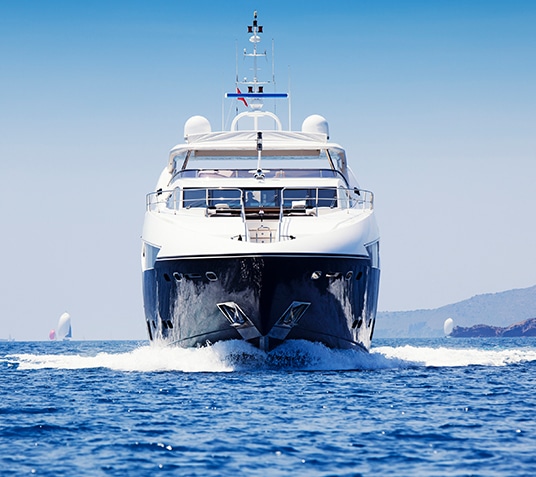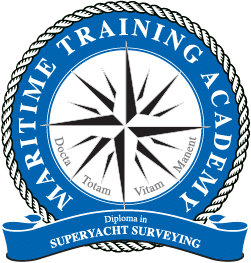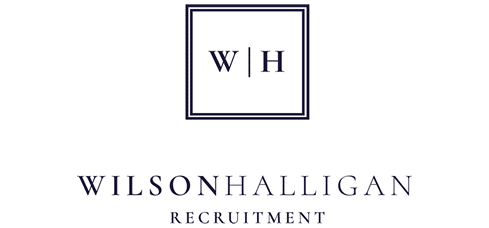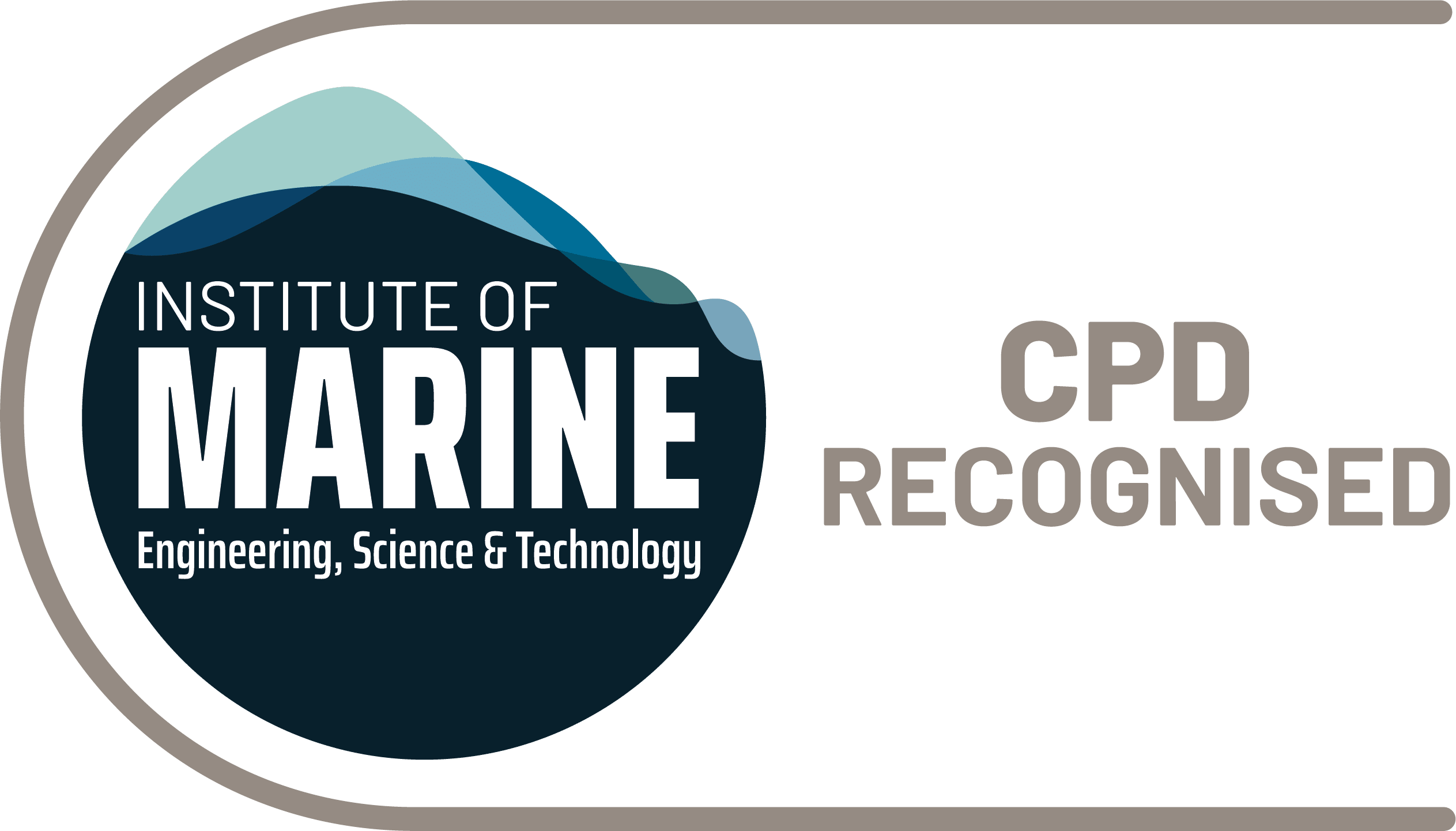DIPLOMA IN
Superyacht Surveying
Who is This Course Suitable For?
The Diploma course is suitable for surveyors and prospective surveyors who want to be properly prepared to face the specific challenges that superyachts provide. The course gives the background information needed to perform the necessary tasks effectively and efficiently.
Duration:
12 – 18 months
Modules:
11 in total
Cost:
Diploma: £2,950
Certificate: £2,150
Recognised by: 
About the Course
Superyachts are a fascinating part of the maritime industry. Glamorous, expensive and in some cases huge. For many surveyors they are seen as a potential future source of income extending their survey practices whether in Yachts and Small Craft or Commercial Shipping into this market. This course is aimed at given the prospective surveyor the background information they will need so that he or she can enter the market properly prepared to face the specific challenges that superyachts provide.

Course Structure
The course consists of 11 modules. All students are required to successfully complete and pass the module assignments. Diploma students will also be required to sit and pass a final examination.
1. An Introduction to the Superyacht Industry and Superyacht Surveying
- Introduction
- Historical development
- Different types and styles of yacht
- The industry today designers, builder, brokers,
- insurers, managers and crew
- Flag state and classification
- Owners and their requirements
- Surveys and survey organisations
- The professional surveyor
- What makes a good surveyor?
- Types of surveys
- The role of the superyacht surveyor
- Where can the superyacht be found?
- Future trends
2. The Regulatory Framework for Superyachts
- Legal concepts
- The law of contract
- The law of tort (negligence)
- Liability in contract and tort
- Responsibilities
- The expert witness and the law of evidence
- Maritime Law
- Admiralty law and jurisdiction
- International maritime law
- Shipboard documentation
- Codes of practice for commercially operated yachts
- Maritime labour convention (ML)
- The flag State
- Pollution
- Governmental control of shipping
- Port state control
- Marine insurance
- Types of insurance cover
- Risks covered by P&I insurance
- Classification societies
- Claims and surveyor
3. Survey the Hull and Superstructure
- Structure
- Welding
- Structural strength
- Main structural components
- Use of superyacht plans
- Determination of condition
- Surveys and surveying method
- Presentation of information
4. Surveying the Main Engines and Auxiliaries
- Main engine types and associated issues
- The propulsion system
- Auxiliaries, generators & associates issues
- Control systems
- Exhaust systems
- Dynamic positioning
- Gathering & recording information
- Recommendations & responsibility
- Planning, procedures & tools
5. Surveying the onboard Systems
- Superyacht systems
- Oil systems
- Sea water plumbing systems
- Fresh water plumbing systems
- Black & grey water systems
- HVAC systems heating, ventilation & air conditioning
- Electrical systems
- Navigation systems
- Fire detection & alarm system
- Stabilisers & thrusters
6. Surveying the Interior
- Introduction
- Inventories
- Assessing training levels of crew
- The interior inspection
7. Superyacht Toys
- Introduction
- Helicopters
- Submarines
- Tenders
- Water sports safety
- Inflatables
- Jet ski and wave runners
- Diving
- Drones
- Miscellaneous
8. Surveying the Safety Equipment and Systems
- Introduction
- The fire triangle
- Fixed fire fighting protection
- Life saving equipment and appliances
- Security systems
9. Specific Areas
- Introduction
- Glass Installations
- Lifting Equipment
- Garage Doors
- Slide Doors and Balconies
- Passerelle, Gangways and Accommodation Ladders
- Retractable Beach Clubs and Swim Platforms
- Swimming Pools and Jacuzzis
- Decks and Decking
- Lifts and Elevators
- Helicopter Decks and Hangar
10. Superyacht Finishing
- PEC or Pilot exemption certificates
- Pilot grading
- Local knowledge
- VTS interface
- Tidal windows
- Byelaws
- Competent and statutory harbour authorities
- Other water users
11. Superyacht Sea Trails
- Introduction
- Equipment
- Engine tests
- Steering tests
- Information recording and reporting
- Example of a sea trial report
Career Pathway
Career path:
Many superyacht surveyors start as yacht and small craft surveyors and gradually work up in size, although more recently some senior superyacht crew both deck and engineering have been transitioning across to become superyacht surveyors.
Salary:
Depends upon experience and location, Superyacht Surveyors can expect around £30,000 per annum to a high of £60,000 per annum.
Duties:
The physical inspection and reporting on all aspects of a superyacht.
Meet the Course Director
Ian Biles
Managing Director at Maritime Services International
Ian has led MSI to become one of the world’s leading surveying
companies. Ian’s qualifications include: Master Mariner, RYA Yachtmaster Ocean, Naval Architect (BEng Ship Science) and Business Management
(MA Business Management).


DIPLOMA IN SUPERYACHT SURVEYING
On passing the Diploma, you will receive the above icon. Please use it on your business cards, LinkedIn profile and website(s)!
You can also use these letters after your name: MTA Dip SYS
Flexible
Supportive
While the nature of distance learning is independent study, we recognise the importance of support. Students can contact us at any time during their course for assistance and our team of industry experts are always on hand for advice.
Expertise
We have over 50 industry experts writing, developing and advising on our course material. We truly believe that allowing students to tap into their expertise and knowledge is of the utmost importance to fulfil your dream career.
If you would prefer to complete this as a classroom-based course, please contact us.
FAQs
How long do the courses take to complete? What's the difference between a Diploma and a Certificate? Read through our Frequently Asked Questions below to find out the answer.

















 Sign-up to receive email updates
Sign-up to receive email updates